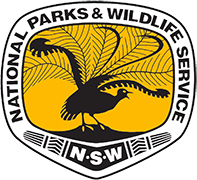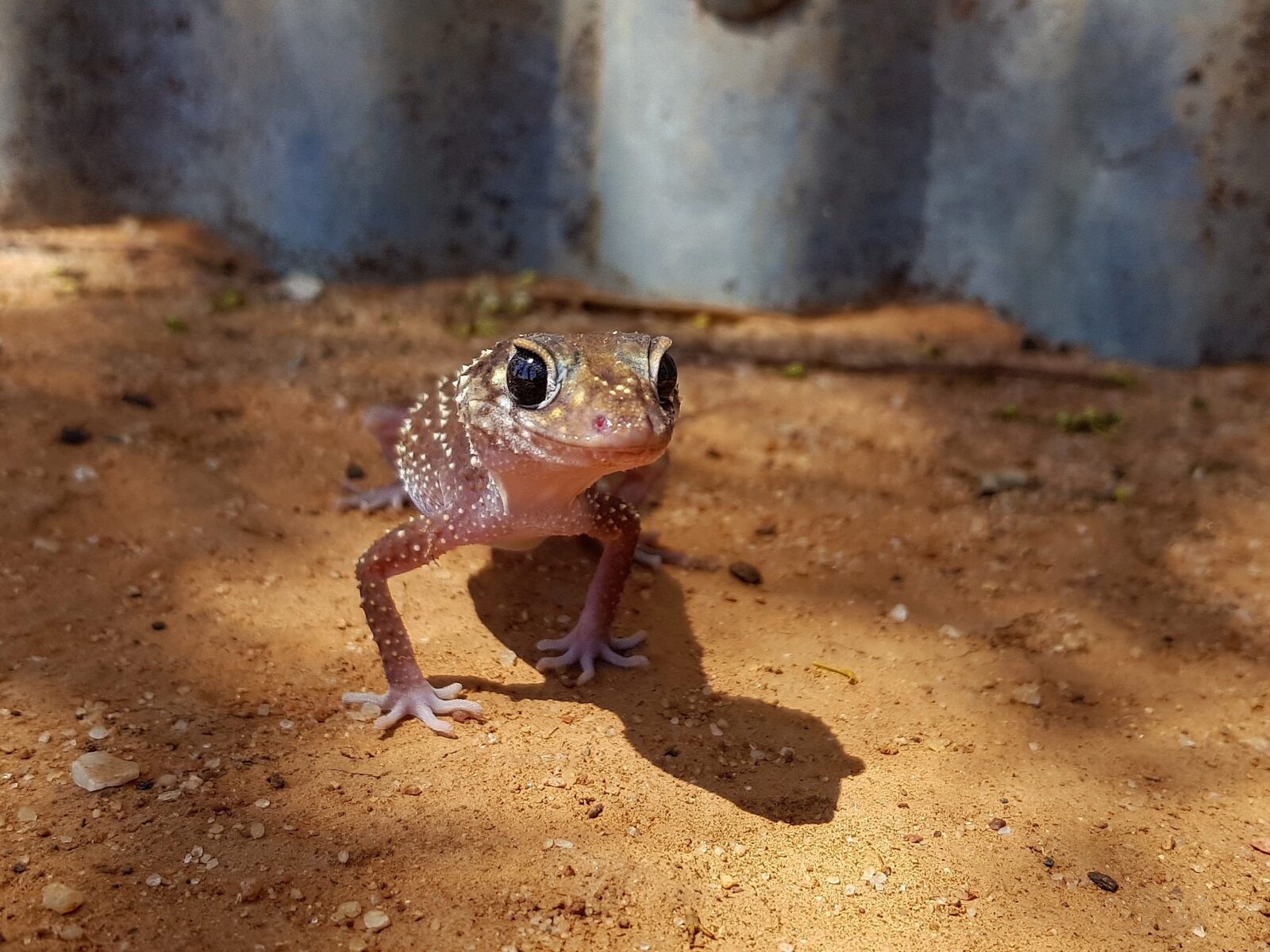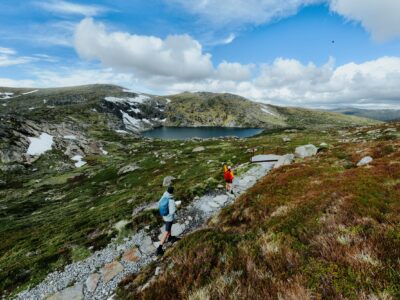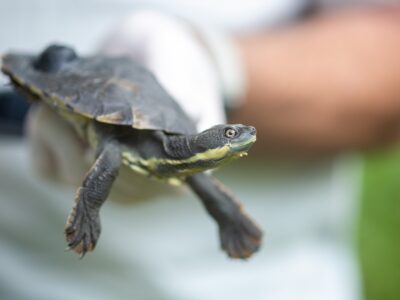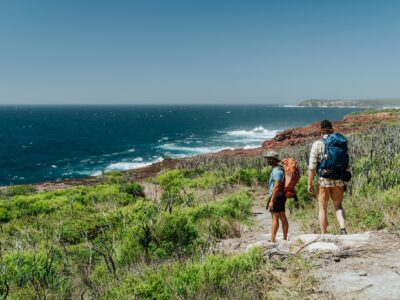Encountering wildlife in its natural habitat, especially native wildlife in a national park, is always a memorable experience. Sometimes however, you might notice that things aren’t quite right. If you come across wildlife that appears sick, injured, or orphaned, your first instinct will be to help; let’s take a look at the best ways to safely get it to them.
Ranger tip: Keep your distance, even if wildlife are friendly, healthy, and acting normally, resist the urge to feed or touch them. Let’s keep wildlife wild.
-
How do you know if wildlife needs your help?
View this post on InstagramIf you’ve got as far as wondering whether an animal needs help you can probably trust your instincts and proceed to the next step. Sick or injured wildlife might look visibly disoriented or stunned, have obvious injuries, or be stuck in a fence or rubbish. Young wildlife can also be orphaned or abandoned and unable to fend for itself.
What about dead wildlife?
If you come across a dead native mammal you can check its pouch for any surviving young that might be saved. Any dead animals that have been checked by professionals already will be painted with a bright X.
-
Make the call
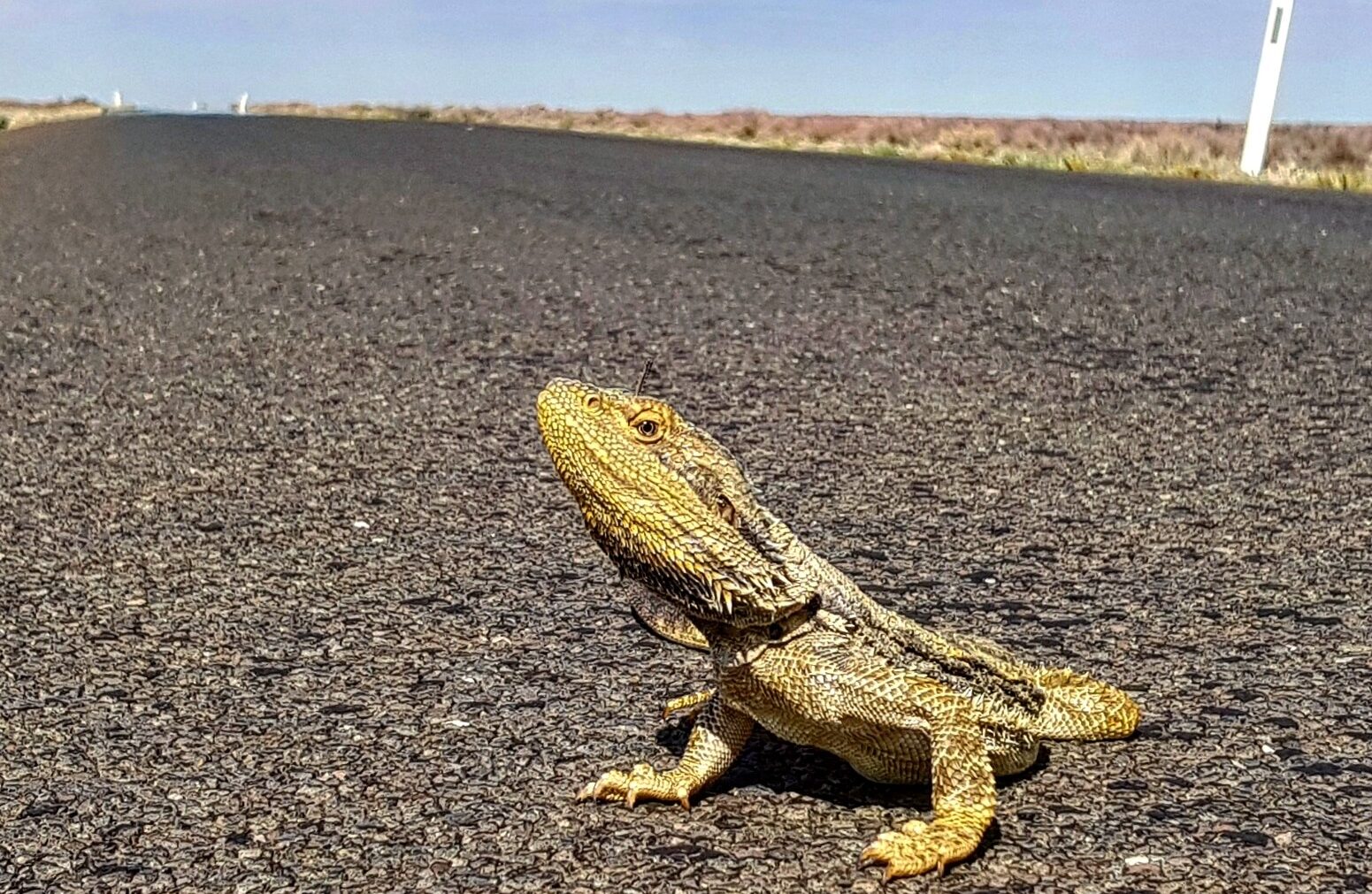 Photo Information
Photo InformationMinding my own business and crossing the road.
Kalyarr National Park
Samantha Ellis / DCCEEW
Once you’ve decided that an animal might need help, your next step should be making a call to the most appropriate wildlife rehabilitation expert (more on who to call below). Different wildlife require different approaches and have different risks, so talking to a wildlife rehabilitation provider is the best approach. Get yourself into a safe place before you make the call.
What if I’m out of reception?
Don’t try and help the animal without making a call. Mark the location on your map or phone map and move to where you know there will be reception.
-
Who to call?
View this post on InstagramBefore you call, take a second to gather your thoughts. Where are you? What kind of animal do you think it is? What behaviours are you noticing that have you worried? You can also take a photo of the animal so that it can be identified and a preliminary assessment can be made. This will help you to have an efficient phone call and get help as soon as possible.
Native species in a national park
If you’re in a national park, it’s best to call the local national park office so that they can send out a ranger to investigate. Rangers have the tools and expertise with the local native wildlife to know what to do.
View this post on InstagramNative species outside of a national park
If the sick or injured wildlife you’ve encountered is a native animal, but you’re not in a national park (or can’t get onto the national park office) your next step should be to call a licensed wildlife rehabilitation provider.
For a full list of licensed providers, head to the Environment NSW page. There’s even an app you can download and a map showing areas of coverage. If these options aren’t working, your next step should be to call the nearest vet.
Notice a marine mammal (whale, dolphin, dugong, or seal) possibly in trouble or entangled? Immediately call and report to National Parks and Wildlife on 13000 PARKS (1300 072 757), or the Organisation for the Rescue and Research of Cetaceans in Australia on 02 9415 3333 for the animal to be checked and monitored.
Non-native species
For non-native animals call the RSPCA on 1300 094 737 or the nearest vet.
-
What to do while you wait for help
View this post on Instagram
Depending on who you called, you’ll either be waiting for a trained person to come and meet you, or in some cases, transporting the animal yourself.If it’s recommended by the person you talked to, and you feel confident, you can do these things to help:
- Cover the animal with a towel or blanket, this can help calm the animal, and make it easier to move if necessary.
- You can place the animal in a covered box or cage to help keep them safe. Make sure they’re secure and still have air to breathe, but don’t offer food or water unless you’re told to by an expert.
- When lifting or moving the animal, use confident movements and a relaxed, firm grip.
- Try to keep other people, pets, or noises away from the animal so it can relax.
- Place the box in a dark area if possible, but don’t leave it in a warm car.
- Orphaned young animals or birds may need to be kept warm.
Important note: You can’t keep native species as a pet. Helping to rescue an animal in distress is permitted, as long as you take it to veterinary care within 72 hours, and it then remains under vet supervision.
-
Helping distressed wildlife during natural disasters
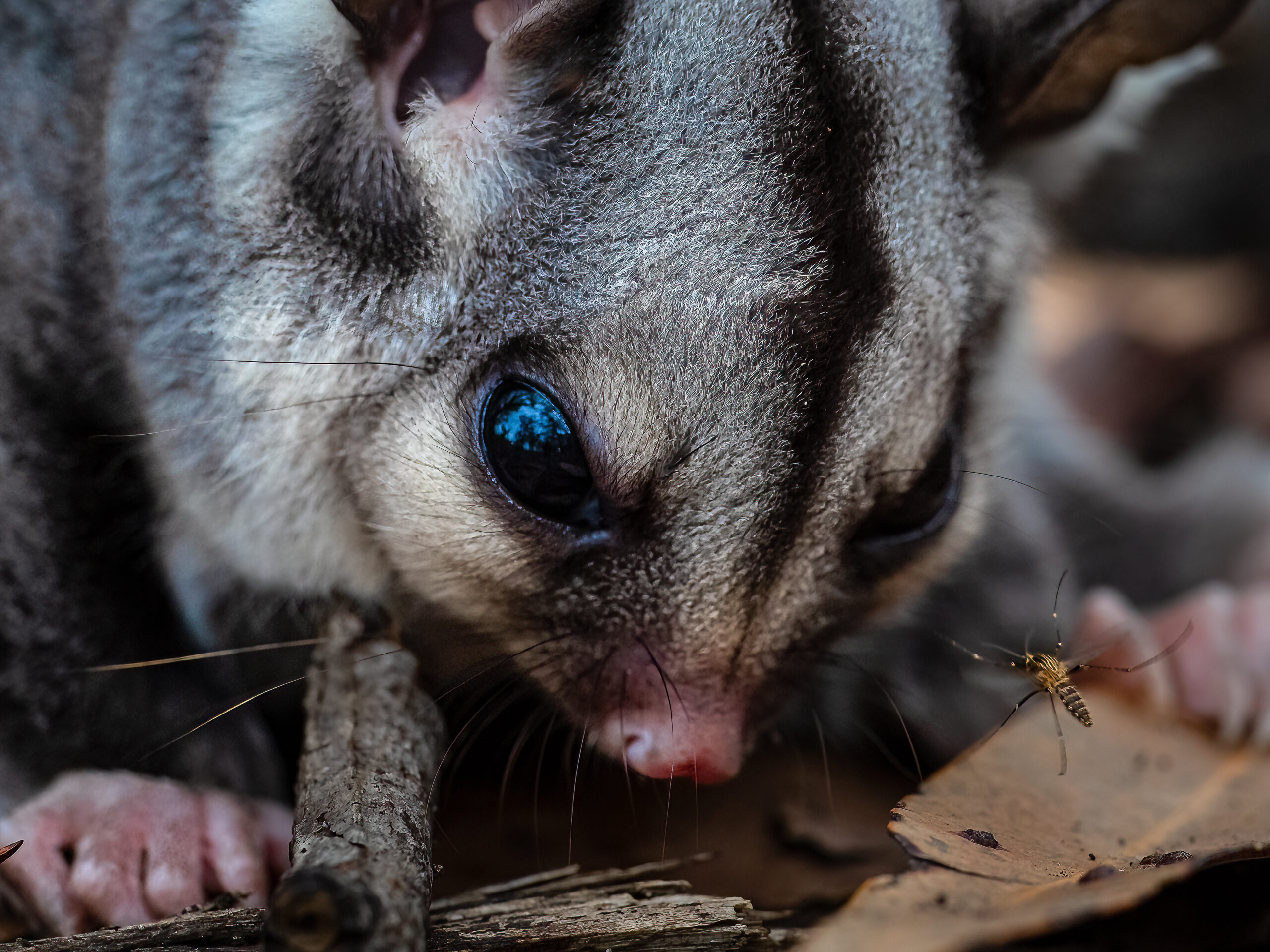 Photo Information
Photo InformationI’m not angry. I’m just concentrating.
Rob Smith / DCCEEW
During fires, droughts, floods, and other natural disasters, you might be more likely to come across wildlife who need help. Native animals may approach housing to escape the heat of bushfires, looking for water and an area to rest. This advice is likely only useful in and around your home, if you’re involved in a natural disaster your first priority should be your own safety.
Feeding wildlife
Generally, this is discouraged as native animals have very different diets to humans and it’s easy to cause harm. In these situations, it’s best to get expert advice on whether providing any food might be beneficial. Never feed any wildlife bread, avocado, chocolate, sugar, honey, or dairy products.
Did you know? Following devastating fires and floods in NSW, NPWS developed its wildlife response during emergencies guidelines to better protect critters impacted by bushfires and other natural disasters.
-
How you can help
View this post on InstagramFeeling inspired? If you’re keen to become one of the trained wildlife rehabilitators we’ve talked about in this article then you can contact any of the licensed wildlife rehabilitation providers in NSW about becoming a volunteer.
NSW National Parks and Wildlife Service also has a range of volunteer programs including threatened species volunteering and bush regeneration.
You can also donate or raise money for the Foundation for National Parks & Wildlife, or the Port Macquarie Koala Hospital, who have hundreds of volunteers helping to rehabilitate and breed koalas on the North Coast of NSW.
